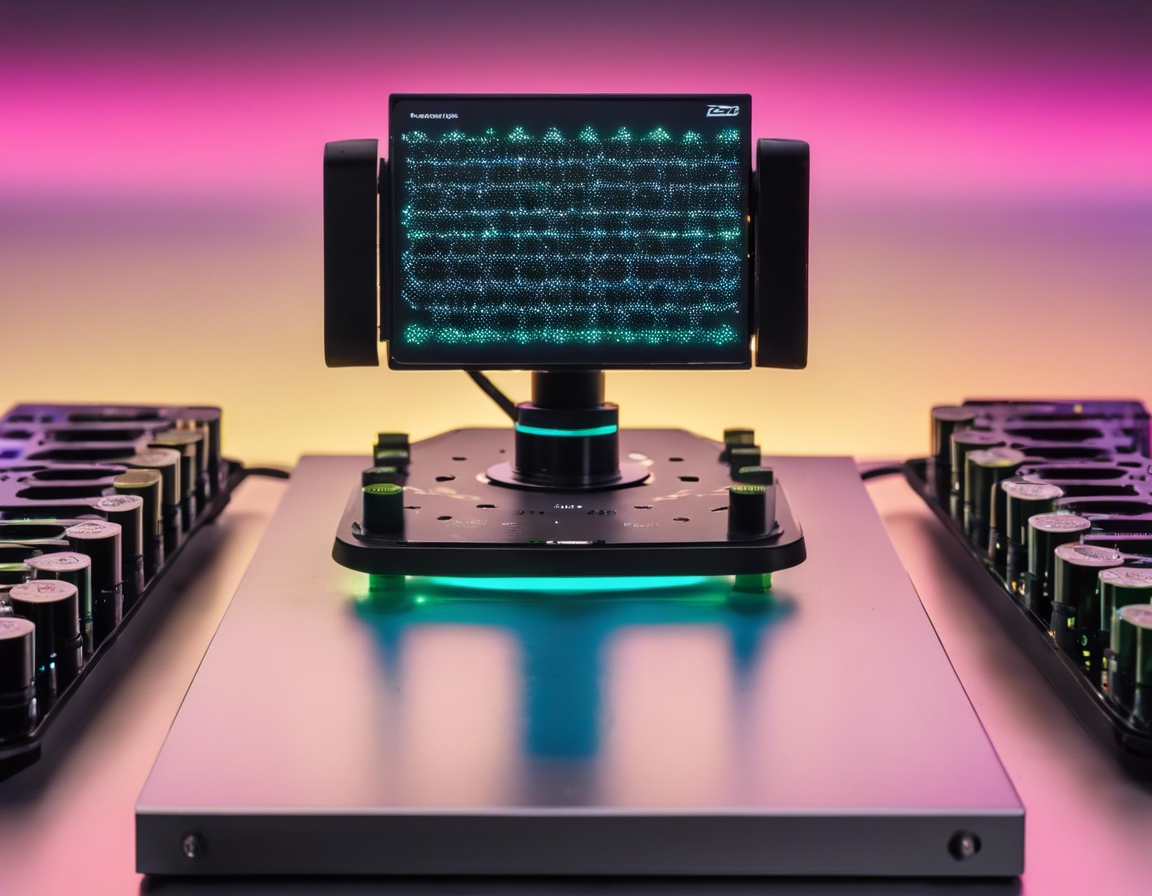The future of ai in remote sensing: what's next?
The integration of Artificial Intelligence (AI) into remote sensing is revolutionizing the way we collect, process, and interpret data from our environment. This synergy is poised to transform numerous industries, from aerospace to agriculture, offering unprecedented insights and capabilities.
AI technologies, particularly machine learning and deep learning, are currently being employed to enhance the accuracy and efficiency of remote sensing data analysis. These technologies have enabled the automation of complex tasks such as image classification, object detection, and change detection, which were previously labor-intensive and error-prone.
The future of remote sensing is inextricably linked to the advancements in AI. As remote sensing generates vast amounts of data, AI is essential for extracting valuable insights quickly and accurately, which is critical for timely decision-making in our fast-paced world.
Emerging Trends in AI and Remote Sensing
Machine learning algorithms are becoming more sophisticated, with new models that are more adaptable to the dynamic nature of remote sensing data. These advancements are expected to enhance predictive analytics and enable more nuanced interpretations of complex datasets.
The convergence of AI with the Internet of Things (IoT) and edge computing is set to create a more interconnected and responsive remote sensing ecosystem. This integration will facilitate real-time data processing and analysis at the source, reducing latency and improving the timeliness of insights.
AI is at the forefront of developing autonomous systems capable of performing remote sensing tasks without human intervention. These systems will increase operational efficiency and open up new possibilities for remote data collection, especially in inaccessible or hazardous environments.
AI-Enhanced Remote Sensing Applications
AI-enhanced remote sensing is a powerful tool for environmental monitoring and understanding climate change. It enables the tracking of deforestation, ice melt, and pollution levels with greater precision, contributing to more effective environmental policies and actions.
In the agricultural sector, AI-driven remote sensing is revolutionizing the way farmers monitor crop health, optimize resource use, and maximize yields. This technology is essential for sustainable farming practices and efficient resource management.
For defense and security, AI-augmented remote sensing provides advanced surveillance capabilities, enhancing situational awareness and threat detection. This is crucial for national security and disaster response strategies.
Challenges and Considerations
As AI systems process sensitive data, ensuring privacy and security is paramount. Robust encryption and secure data handling protocols are necessary to protect against breaches and misuse.
The rise of AI in remote sensing also raises ethical questions and governance challenges. Establishing clear guidelines and ethical standards will be essential to ensure responsible use and public trust in these technologies.
Despite the potential of AI in remote sensing, technical and infrastructural challenges remain. Overcoming these hurdles requires ongoing investment in research and development, as well as in the hardware that supports AI applications.
The Role of AI in Enhancing Data Processing and Analysis
AI is enabling real-time data processing in remote sensing, which is critical for applications that require immediate action, such as emergency response and security operations.
The ability of AI to handle and analyze large volumes of data is transforming remote sensing. This capability allows for the management of data from multiple sources and sensors, providing a comprehensive view of the monitored areas.
AI algorithms are continuously improving in accuracy, reducing the margin of error in data analysis. This leads to more reliable results and better-informed decision-making processes.
Future Projections for AI in Remote Sensing
As AI technology evolves, we can expect significant breakthroughs that will further enhance remote sensing capabilities. These may include more advanced neural networks, quantum computing applications, and innovative sensor technologies.
The impact of AI on remote sensing is set to extend beyond industry, affecting societal structures and the way we interact with our environment. It promises to bring more efficient resource management, improved environmental protection, and enhanced quality of life.
Strategic partnerships and collaborations between tech companies, research institutions, and government agencies will be key to advancing AI in remote sensing. These alliances will drive innovation, standardization, and the adoption of best practices across industries.






Comments (0)